On October 2, the kick off meeting of the TAILOR project: Personalized Robotic and Neuroprosthetic Modular Wearable Systems for Assistance of Impaired Walking (RTI2018-097290-B) took place at the ETSEIB. This project has been funded in the “Retos Investigación” call of the Ministry of Science, Innovation and Universities for the period 2019-2021. This is a coordinated project in which collaborate the Biomechanical Engineering Lab (BIOMEC) of UPC, the Neural Rehabilitation Group of the Cajal Institute CSIC, the National Hospital of Paraplegics and Institut Guttmann.
Summary of the TAILOR project
Wearable robotic and neuroprosthetic technologies have been proposed from some decades now for rehabilitation and assistance of walking function in people with neurological impairments. However, these technologies still show limited efficacy due to their complexity, cost and generality: wearable robots (WR) and neuroprostheses (NP) are conceived as a generic solution for all kind of functional abilities across pathologies. TAILOR project aims at developing a new generation of modular lower limb robotic exoskeletons and neuroprostheses that enable delivering of personalized, patient-specific technology for functional compensation of walking impairments caused by neurological conditions. Furthermore, the technology developed will also have the capability of hybridation, where WR and NP are combined as a single device (hybrid robot, HR) for providing hybrid assistance of walking, optimizing the WR part while providing improved afferent input through the artificial stimulation of muscles. TAILOR will not only develop that technology, but also investigate on the criteria and procedures needed for personalizing to the specific user requirements, while developing a unified evaluation framework for benchmark of WR, NP and HR performance and functional outcomes.
The objectives of the UPC subproject within TAILOR are: 1) To develop simulation methods using subject-specific neuromusculoskeletal models, including the patient’s functional status, to predict the assisted gait of neurological patients wearing the modular WR-NP systems; and 2) To design and build modular and monoarticular wearable robotic orthoses (WR) that can be combined with the developed neuroprostheses (NP). It is expected that predictive simulations using calibrated subject-specific models will enable personalization of WR-NP; since they will allow to virtually test different configurations and control strategies, and to anticipate the system’s performance and impact on the patient’s walking function. The UPC subproject will closely interact with HNP-IGT subproject on the patients’ selection, usercentred design, definition of biomechanical metrics, experimentation with patients and project dissemination. The UPC subproject will also coordinate the work with CSIC regarding the modelling of functional electrical stimulation (FES), development of neuroprostheses (NP), development of device electronics and hardware, and dissemination.
The consortium vision is that TAILOR contributes to a paradigm shift in the design and prescription of gait-assistive WR, NP and HR for people with walking impairments, providing personalized solutions that offer improved experience of use, increasing user acceptance, enabling higher dose/time of use, and providing optimized walking support that can also evolve along with the impairment. This project grounds on results from earlier National and European projects accomplished by the consortium teams (DPI2009-13438-C03-03, DPI2012-38331-C03-02, HYBOR: DPI2015-65959-C3-2-R, Rehabot: DPI2008-06772-C03, Hyper-Consolider: CSD2009-00067, BioMot: IFP7-ICT-2013-10-611695, FIS: PI15/01437, CaixaImpulse ABLE). The research experience by the consortium represents an optimum blending of the interdisciplinary knowledge needed to develop successful projects in the area of Rehabilitation Engineering.
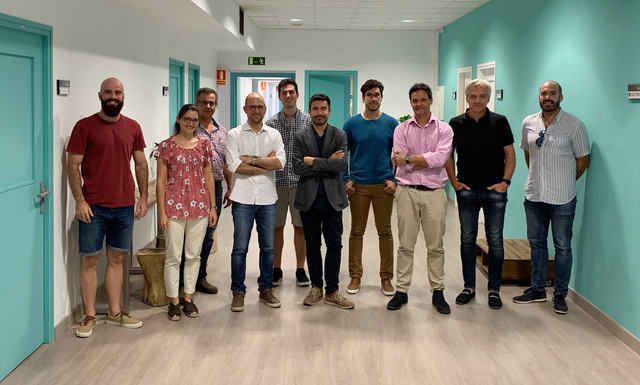
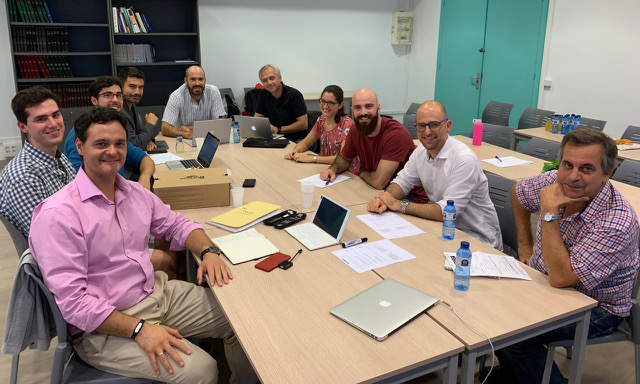

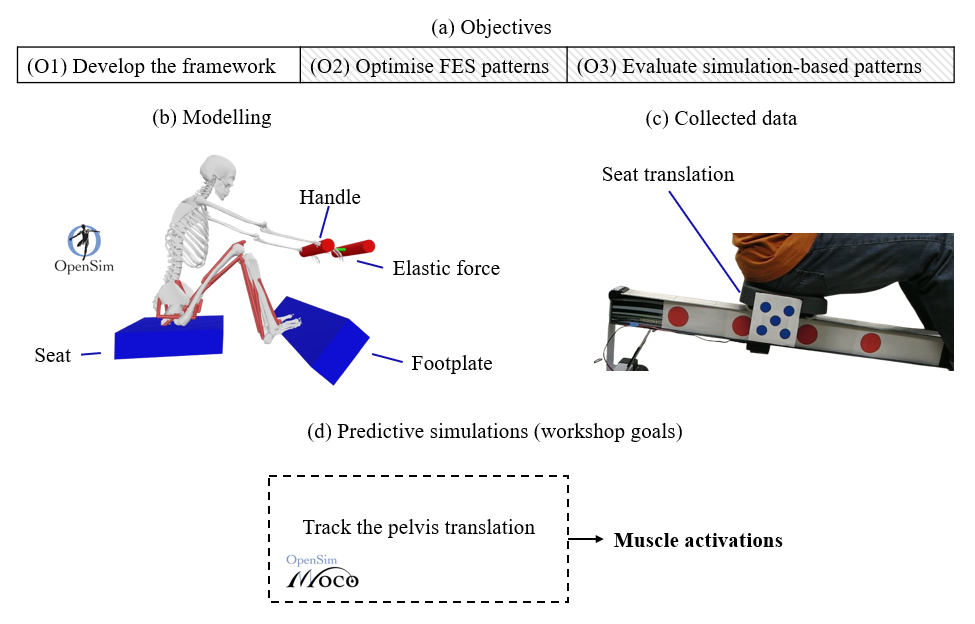
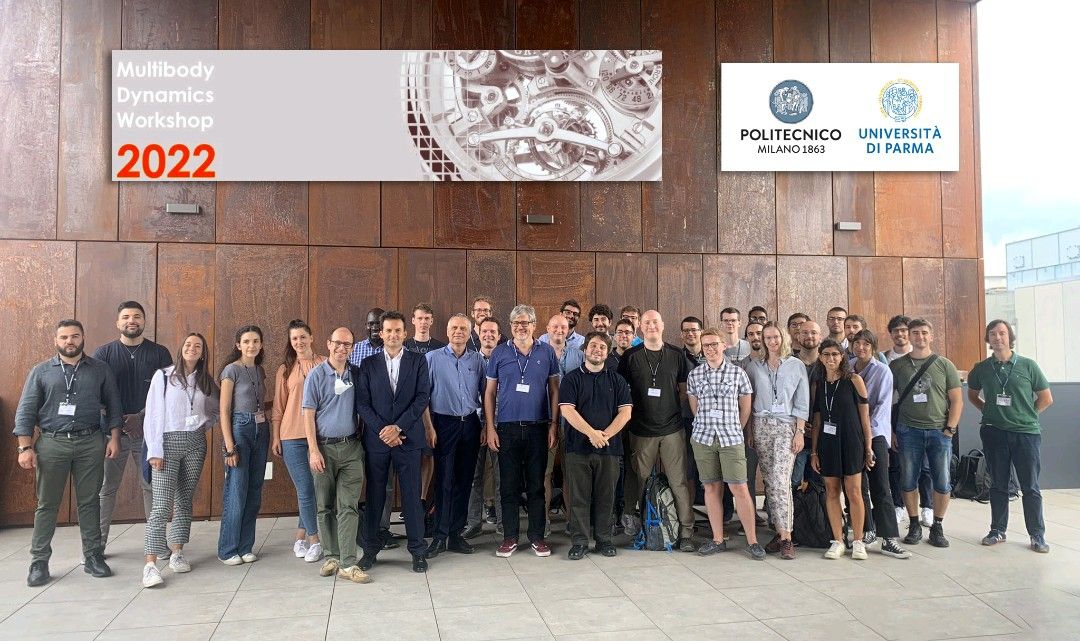
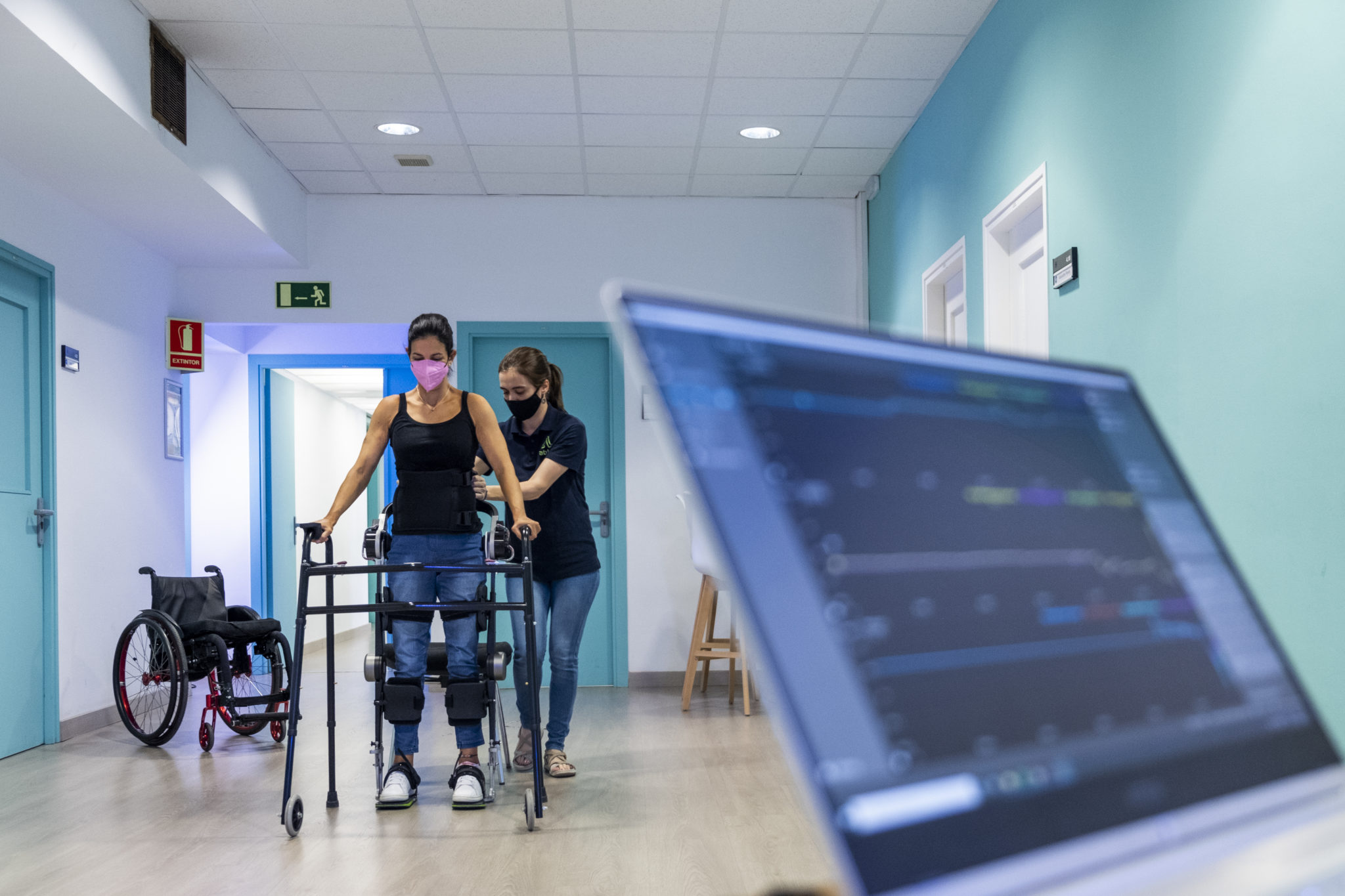

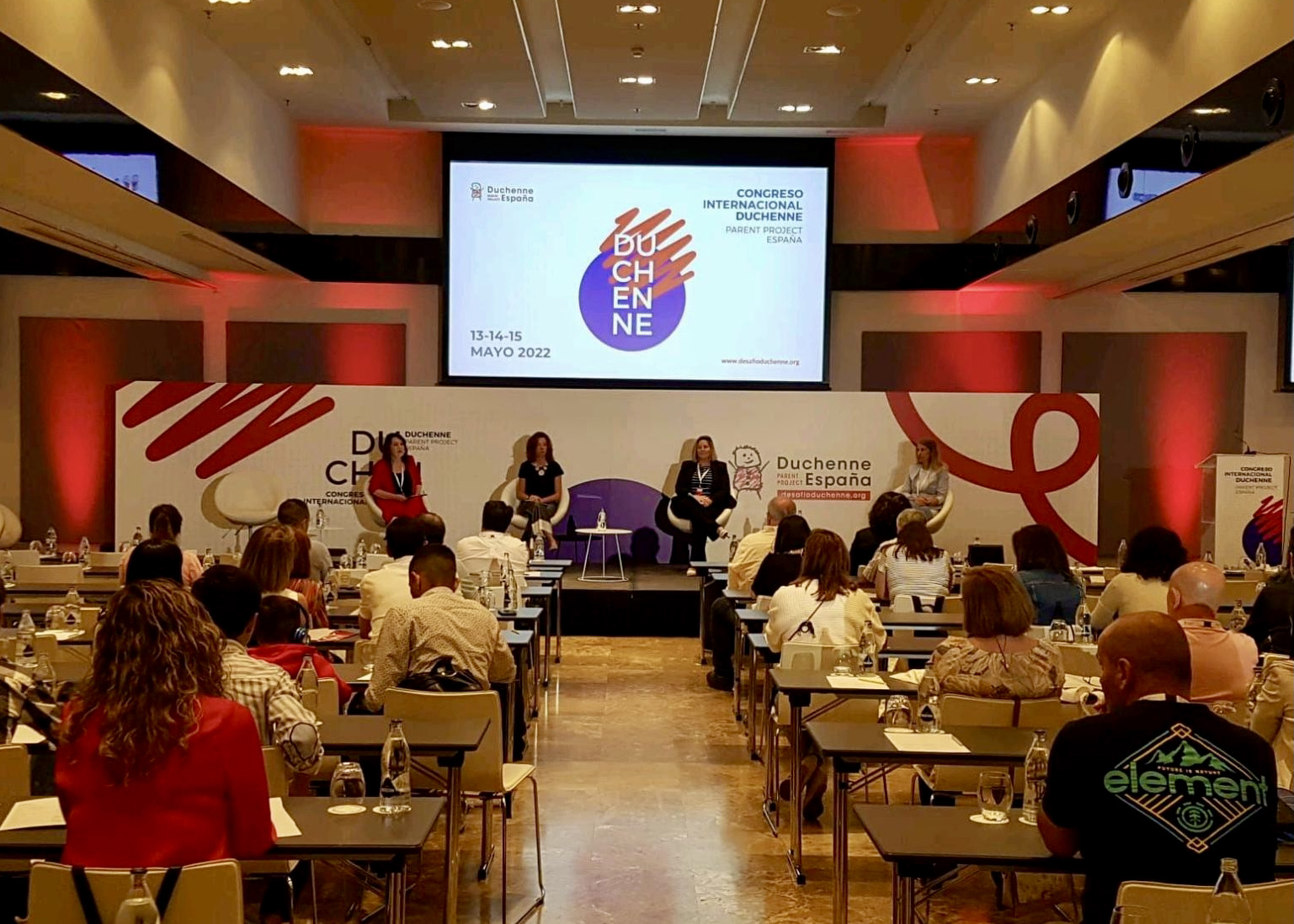
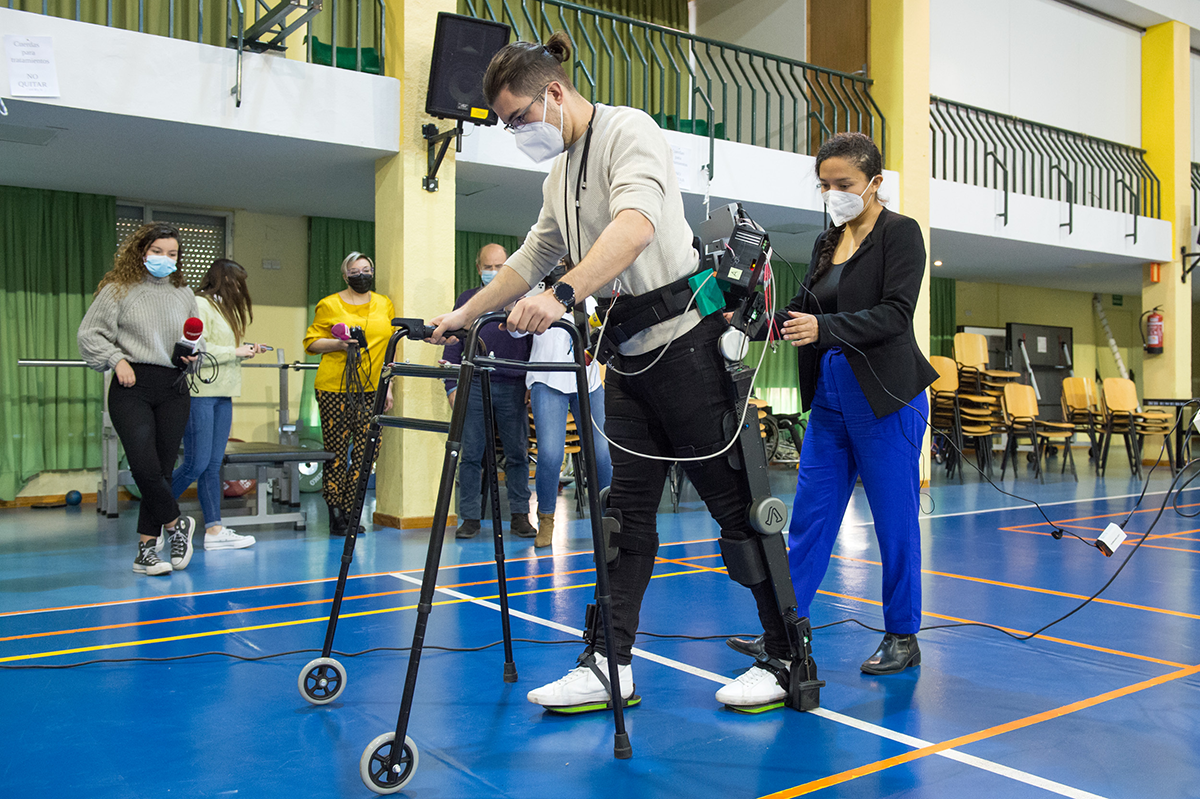
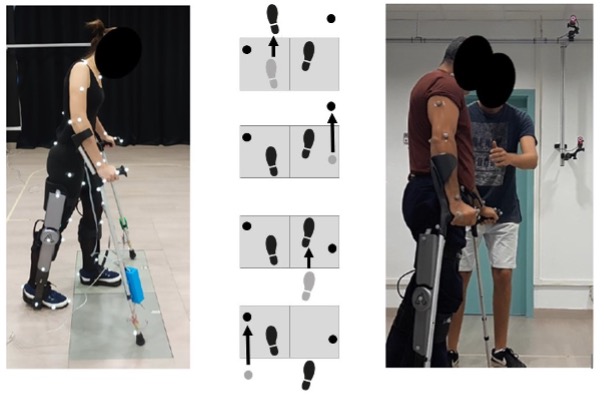
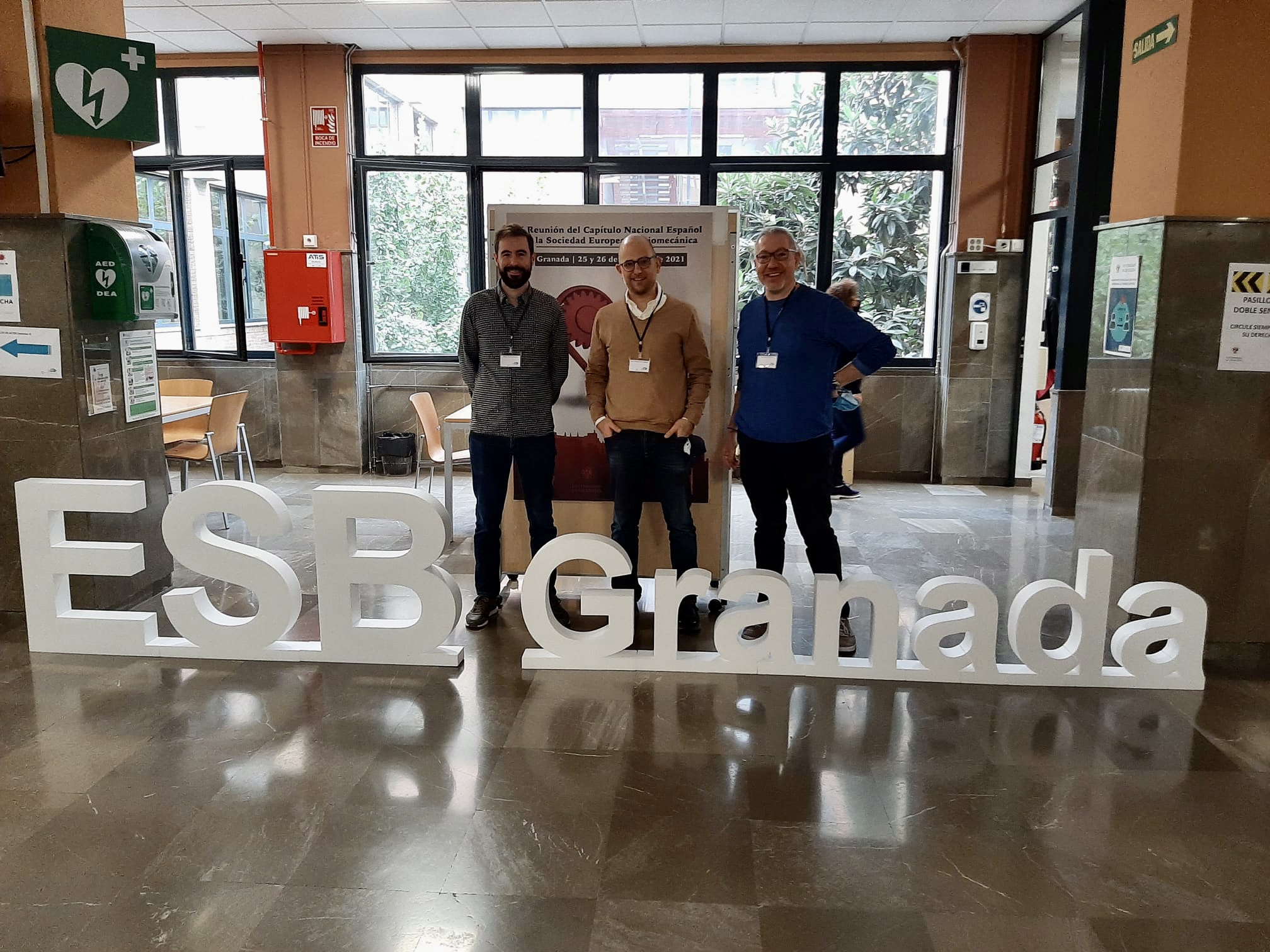
Leave A Comment